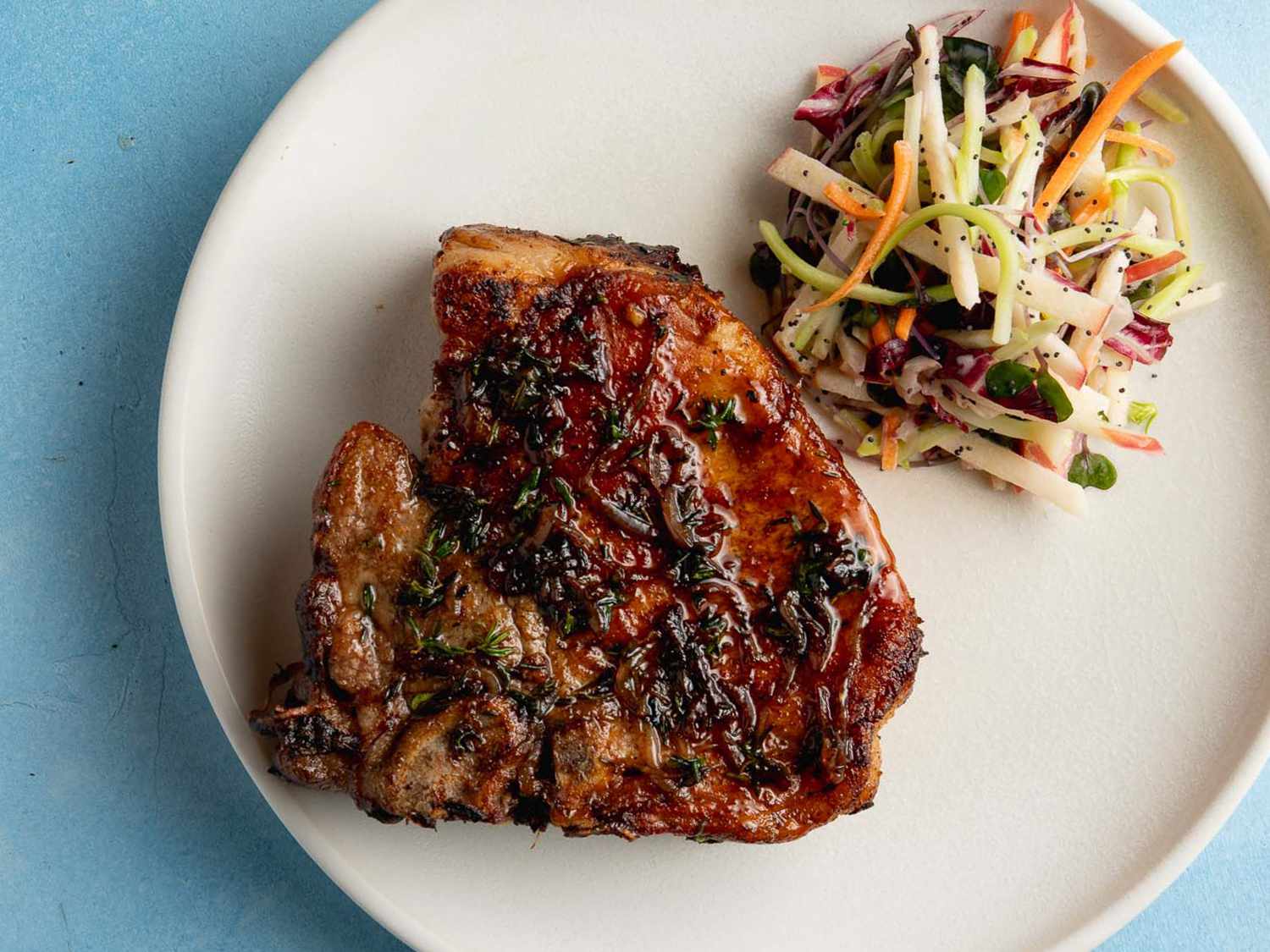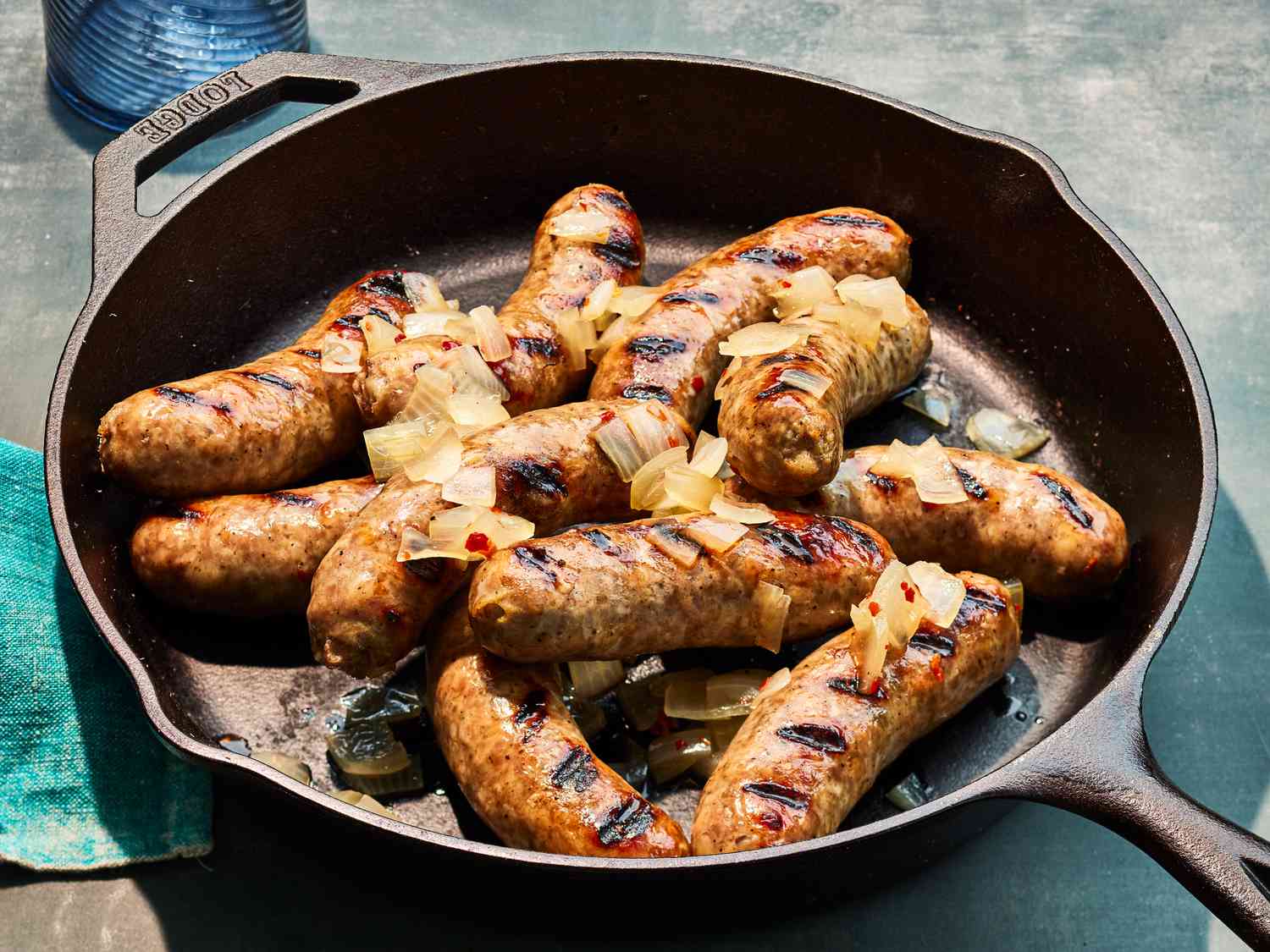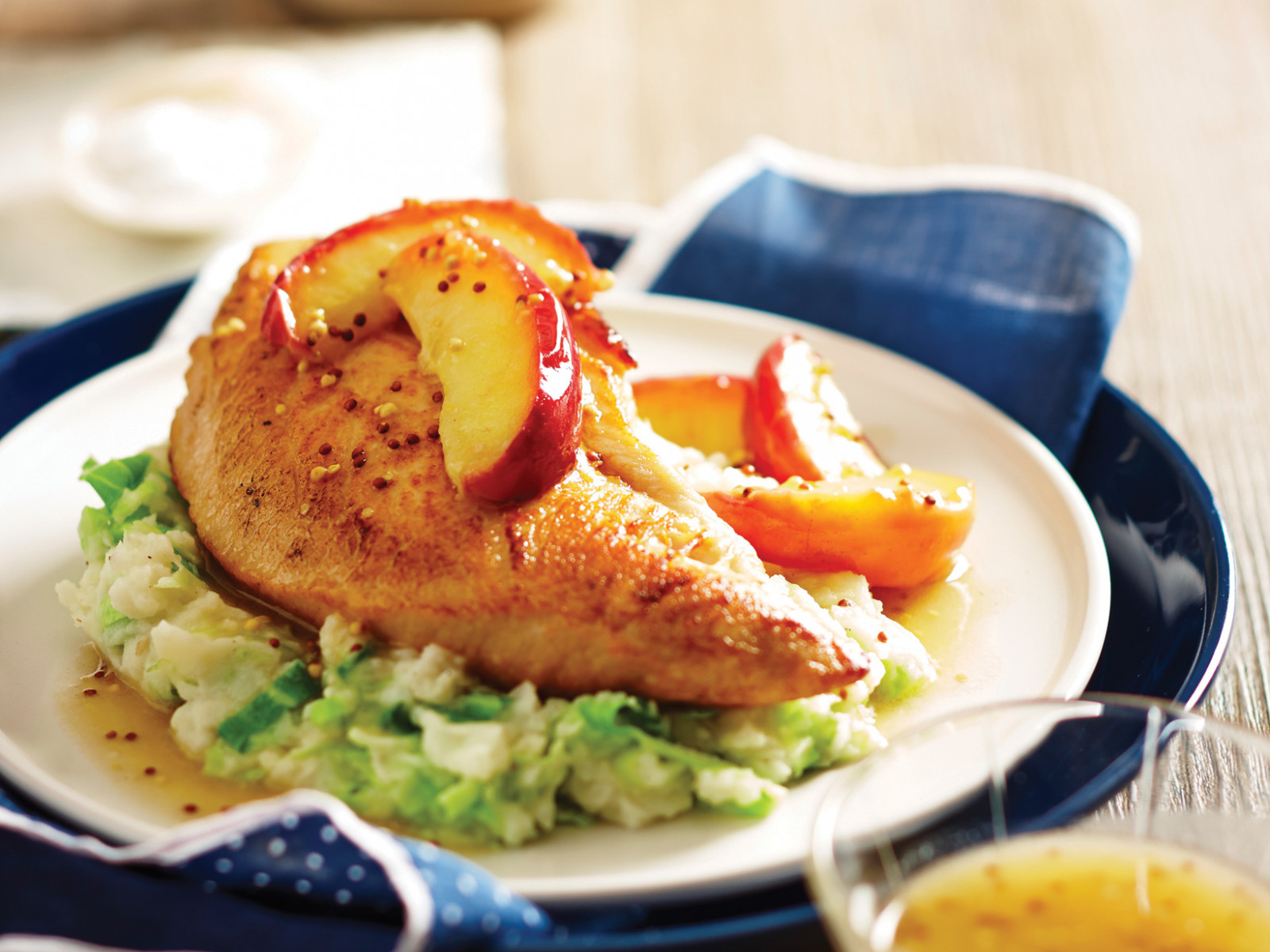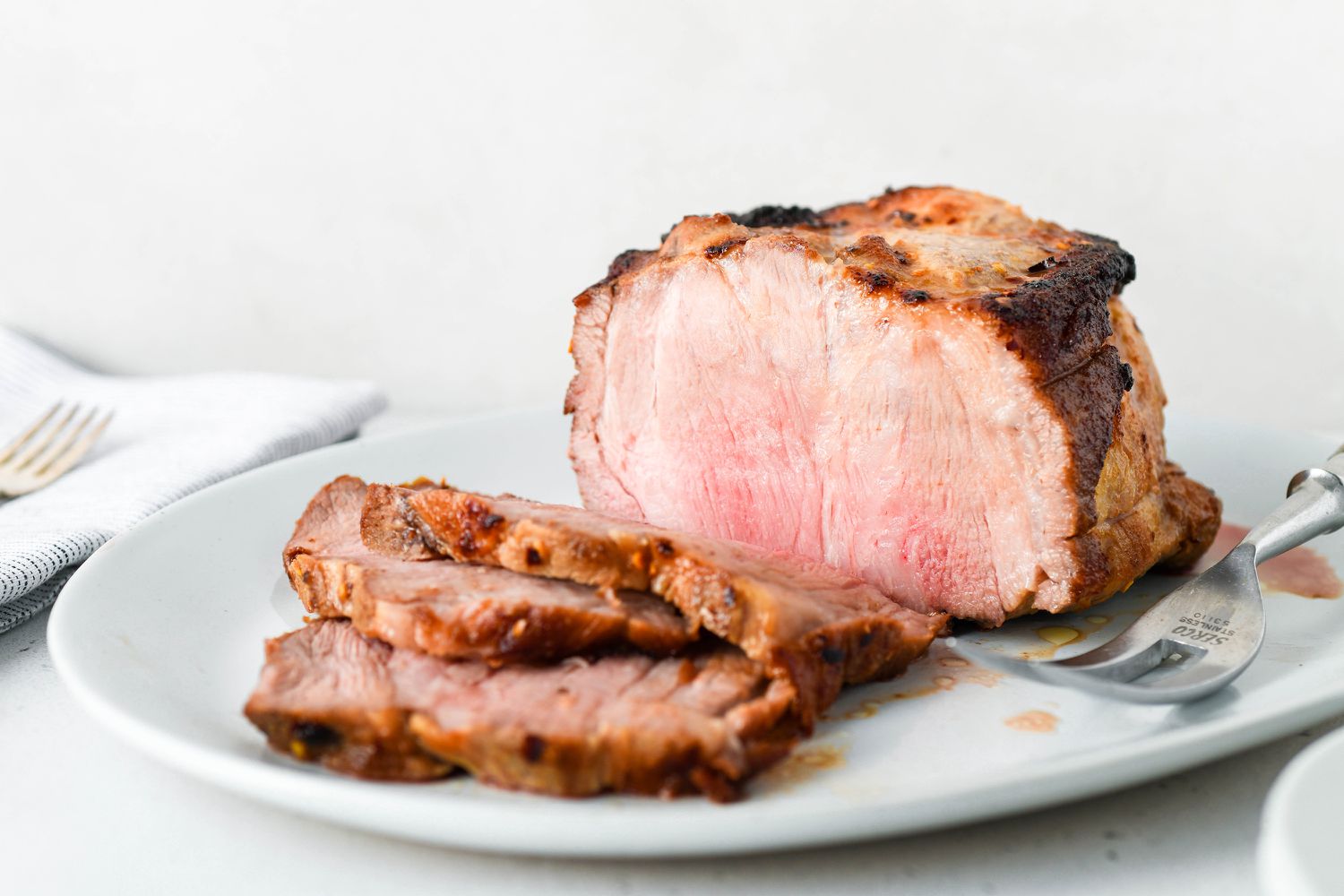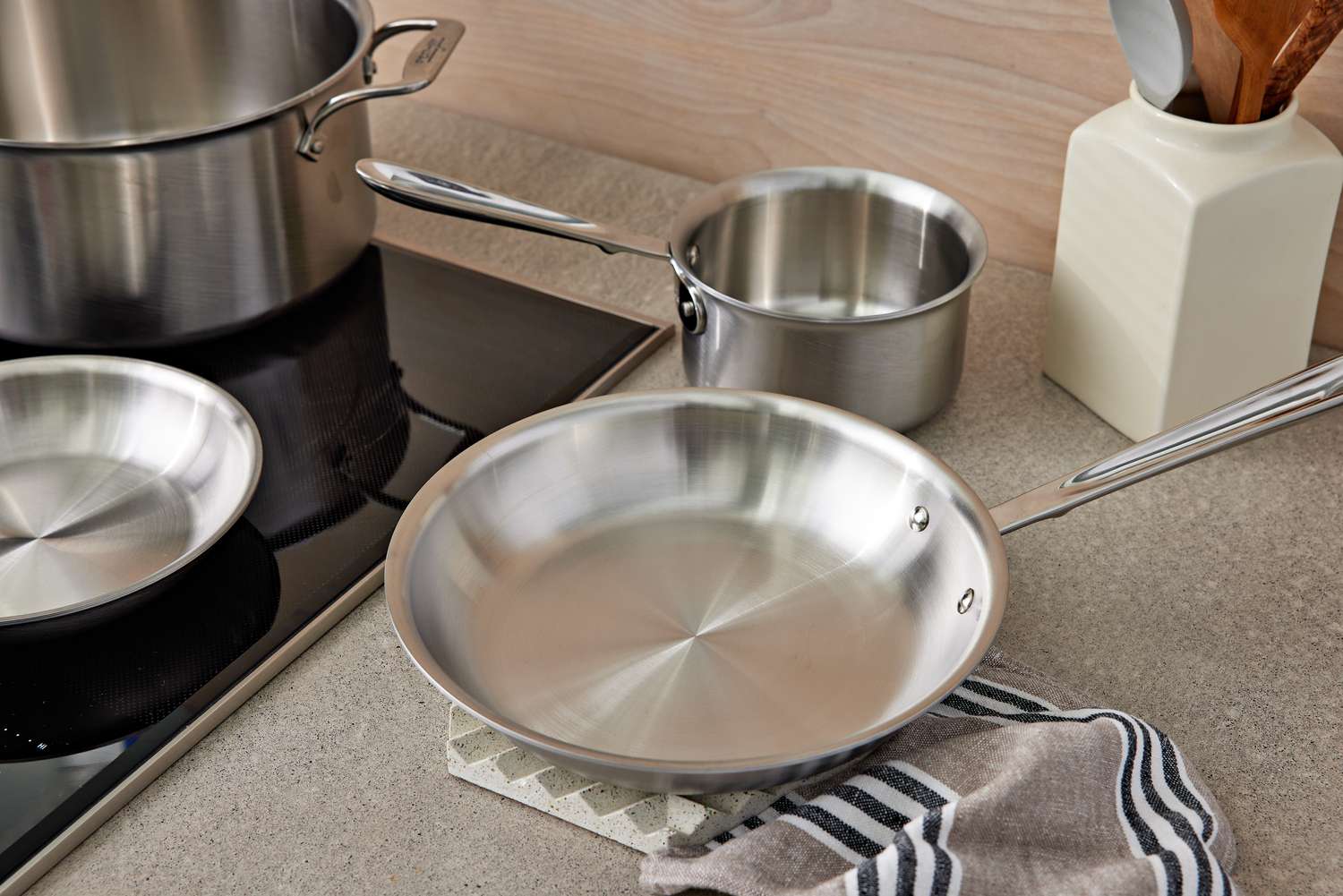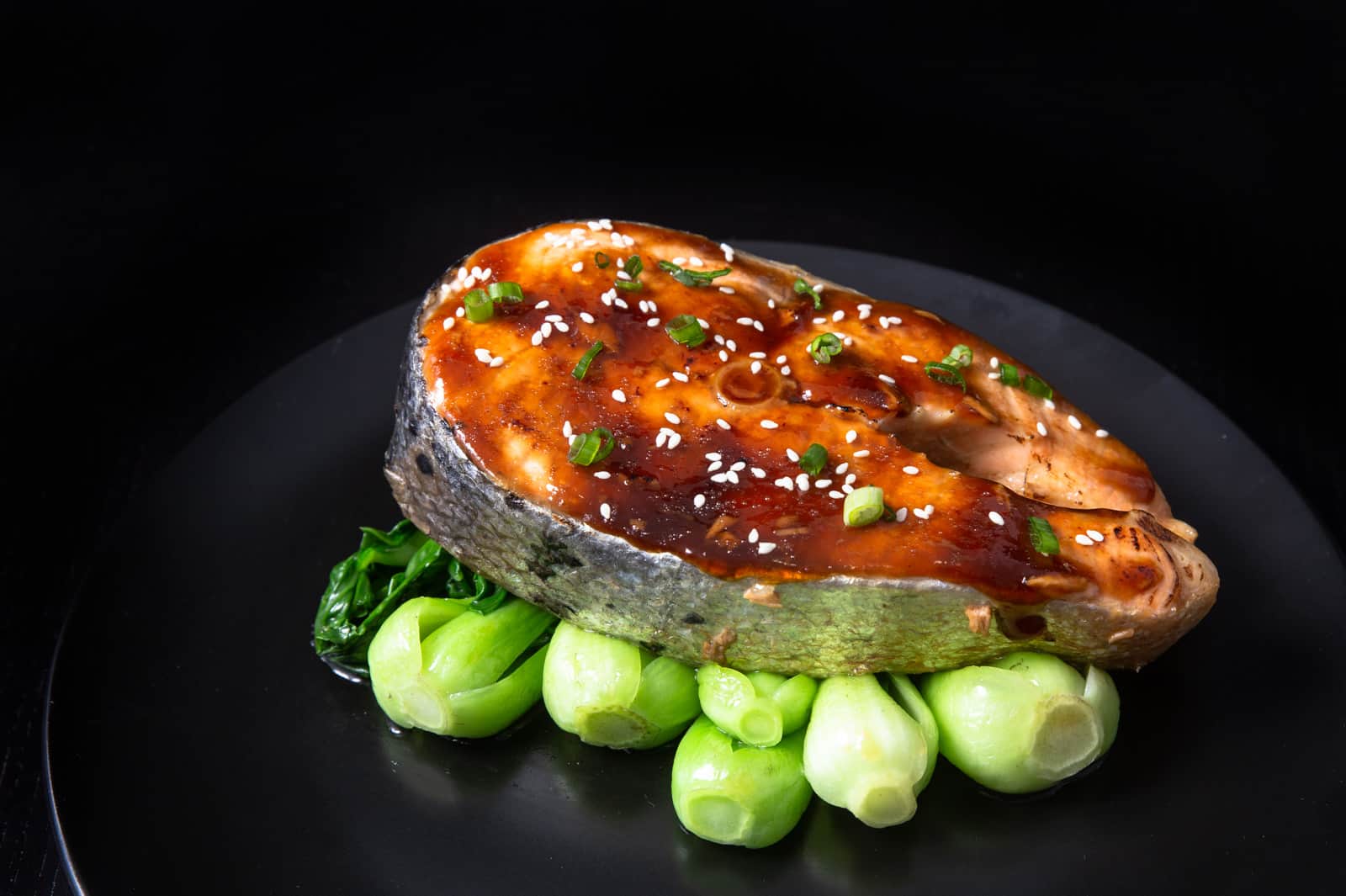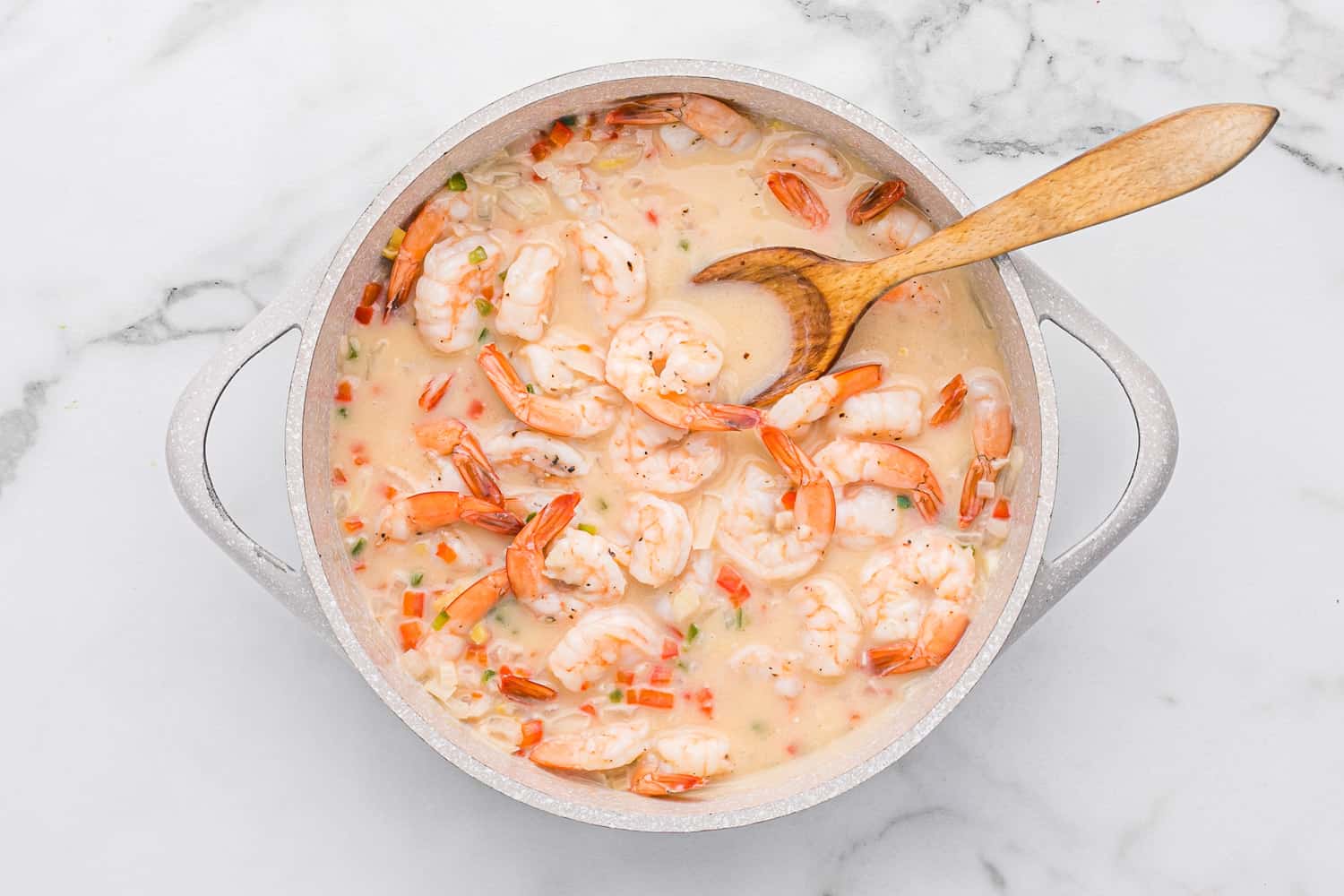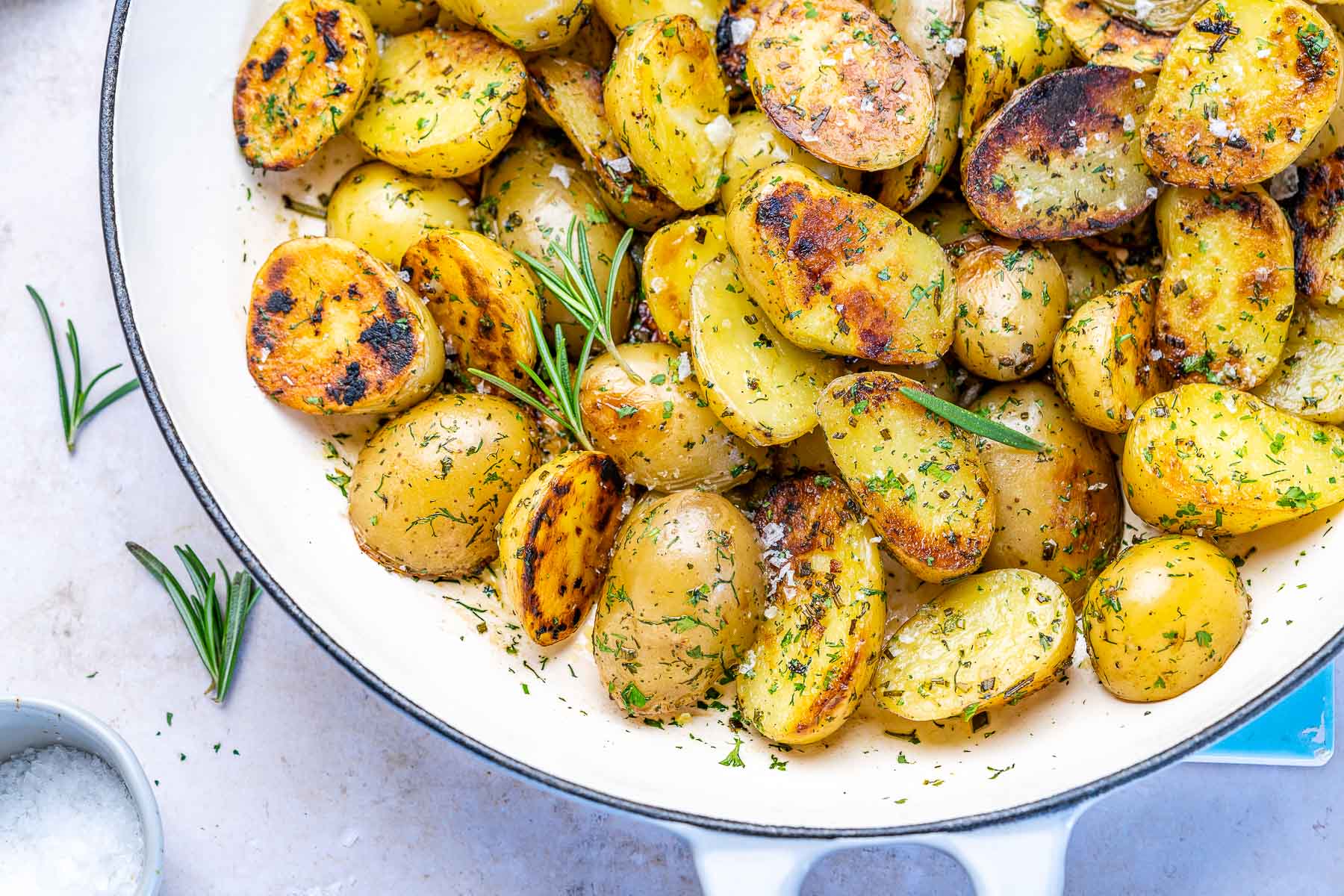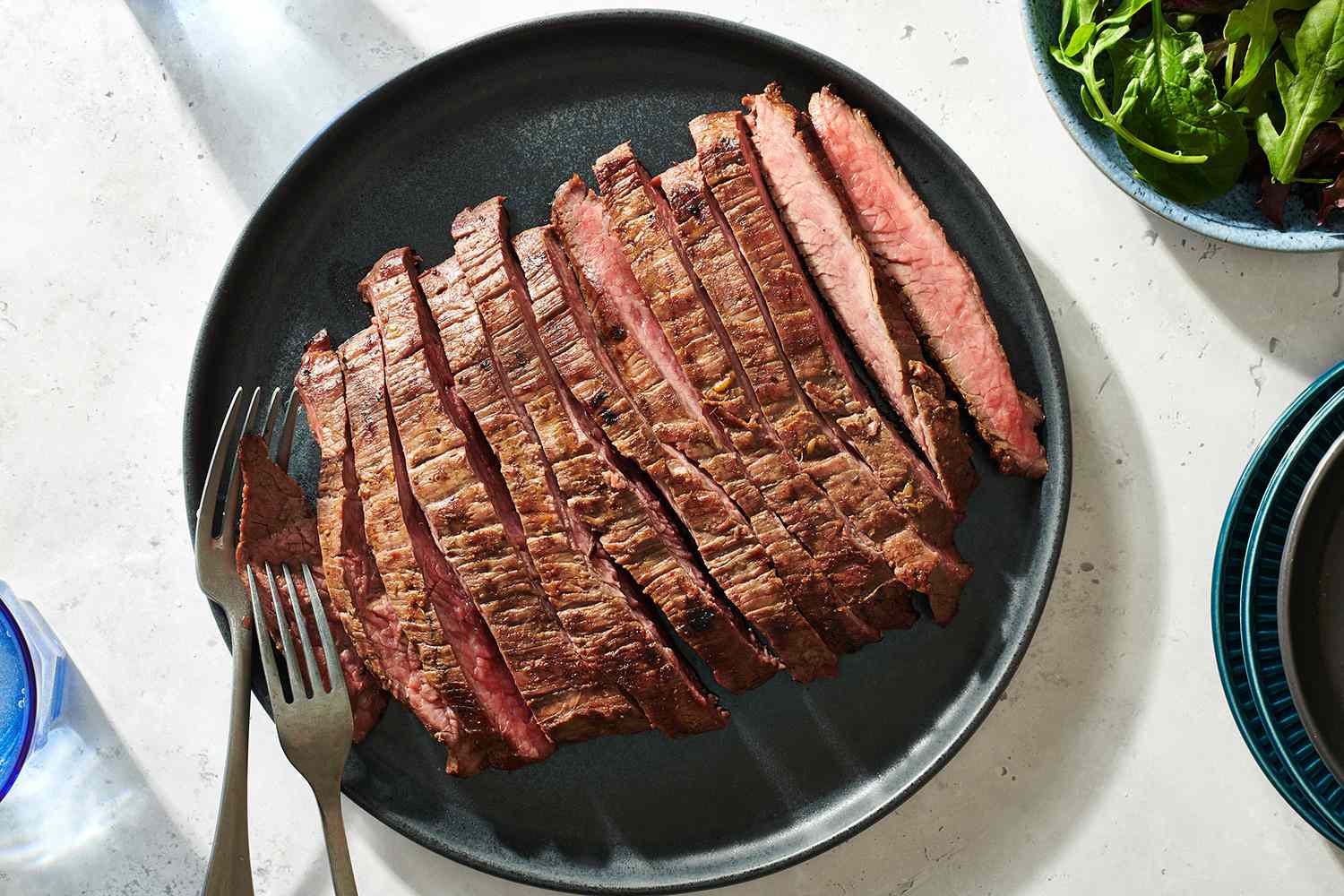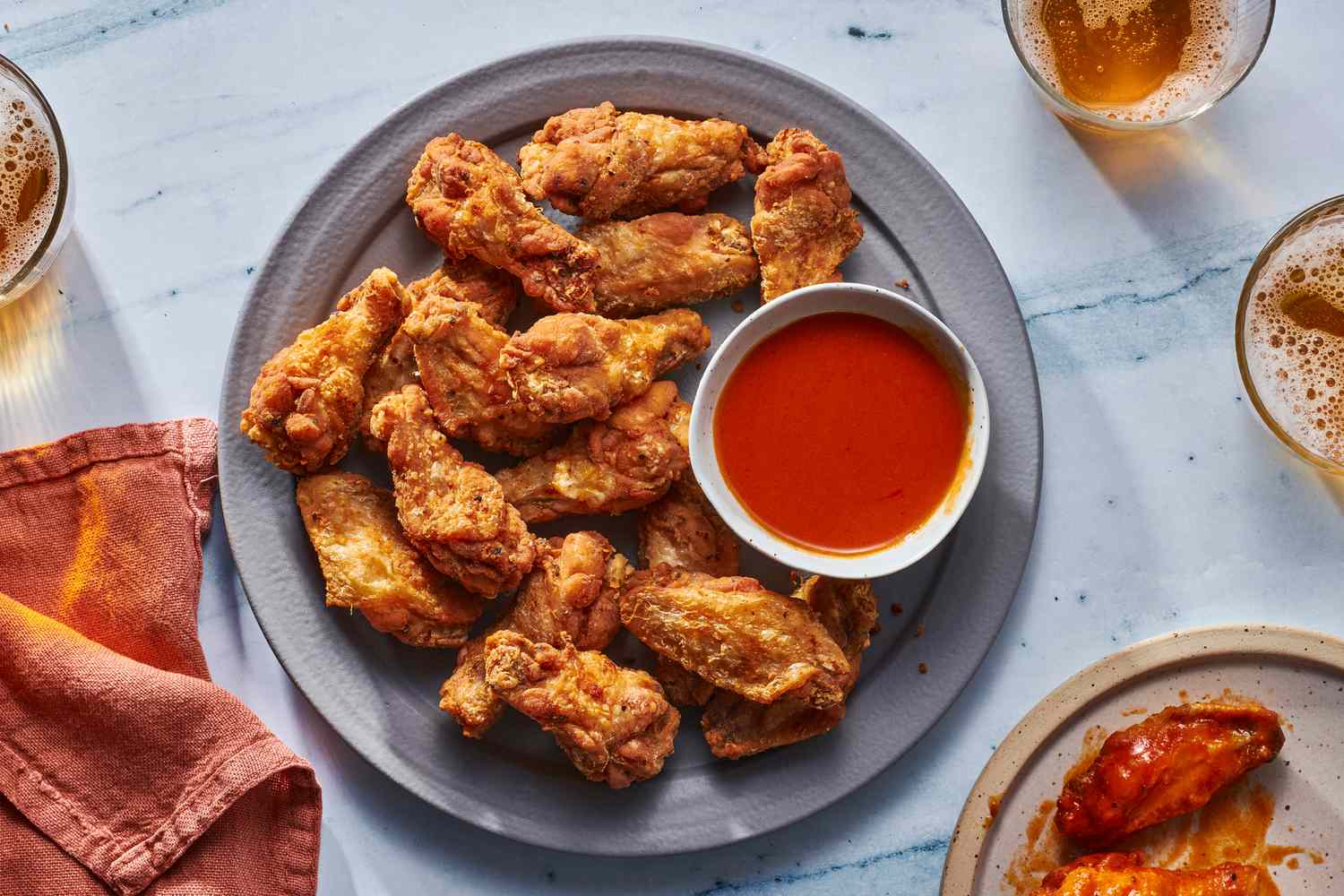Top 10 Tips For Healthy Thai Cooking
Thai cuisine is known for its bold flavors, aromatic herbs, and vibrant spices. While it may seem indulgent with its rich curries and fried dishes, there are plenty of ways to make Thai cooking healthier. Here are our top 10 tips for whipping up delicious and nutritious Thai meals:
- Choose lean proteins: Opt for lean cuts of meat like chicken breast, turkey, or fish when preparing Thai dishes. If you’re vegetarian or vegan, tofu or tempeh can be great protein alternatives.
- Incorporate plenty of vegetables: Load up your Thai dishes with an array of colorful veggies like bell peppers, broccoli, carrots, and green beans. Not only do they add nutritional value, but they also contribute to the vibrant flavors of Thai cuisine.
- Use whole grains: Swap out white rice with healthier alternatives like brown rice or quinoa. They provide more fiber and nutrients, keeping you fuller for longer.
- Minimize the use of oil: While Thai cooking often calls for a generous amount of oil, you can reduce the quantity or opt for healthier oils like olive oil or coconut oil.
- Balance the flavors: Thai cuisine is all about striking the right balance between sweet, sour, salty, and spicy. Experiment with natural sweeteners like honey or use fresh lime juice instead of bottled sauces that may contain added sugars or preservatives.
- Make your own sauces: Homemade sauces allow you to control the ingredients and reduce the amount of sodium and artificial additives. Create your own Thai-inspired sauce by combining ingredients like lime juice, fish sauce, garlic, and chili.
- Embrace herbs and spices: Thai cuisine is renowned for its aromatic herbs and spices. Enhance the flavors of your dishes by using fresh herbs like cilantro, basil, or mint, and spices like ginger, lemongrass, and turmeric.
- Steam or stir-fry instead of deep-frying: Choose healthier cooking methods such as steaming or stir-frying instead of deep-frying. This reduces the amount of oil used and helps retain the nutrients in the ingredients.
- Practice portion control: Thai dishes can be incredibly flavorful, tempting us to overindulge. Practice portion control by using smaller plates, serving smaller portions of rice or noodles, and focusing on savoring the flavors in each bite.
- Experiment with healthier alternatives: Get creative by substituting high-calorie or unhealthy ingredients with healthier alternatives. For example, swap out regular coconut milk with light coconut milk or Greek yogurt for a creamy texture.
By following these top 10 tips, you can enjoy the bold and aromatic flavors of Thai cuisine while keeping your meals healthy and nutritious. Whether you’re a seasoned Thai cooking enthusiast or just starting to explore this vibrant cuisine, these tips will help you create delicious dishes that are good for both your taste buds and your body.
Want to learn more about making your favorite Thai dishes healthier? Head over to our World Cuisines section and join the discussion on Top 10 Tips For Healthy Thai Cooking!
FAQ:
Can I make healthy Thai dishes without sacrificing flavor?
Absolutely! Thai cuisine is known for its bold and rich flavors, but you can still enjoy them while keeping your meals healthy. By using fresh and wholesome ingredients, reducing the amount of oil and sugar, and incorporating plenty of herbs and spices, you can create delicious and nutritious Thai dishes that are good for your body.
What are some healthier alternatives to traditional Thai ingredients?
When cooking Thai dishes, you can make some simple ingredient swaps to make them healthier. For example, opt for brown rice or quinoa instead of white rice, use low-sodium soy sauce instead of regular soy sauce, and substitute coconut milk with light coconut milk or almond milk in curries. These small changes can significantly reduce the calorie and fat content of your meals.
Are there any specific cooking techniques I should follow for healthy Thai cooking?
Yes, there are a few cooking techniques that can help keep your Thai dishes healthy. Steaming and stir-frying are great options as they require minimal oil and retain the nutritional value of the ingredients. Additionally, grilling or baking instead of deep-frying can reduce the amount of added fat, making your meals healthier without compromising on taste.
How can I incorporate more vegetables into my Thai meals?
Vegetables play a significant role in Thai cuisine and can easily be incorporated into your dishes. Load up your curries, stir-fries, and soups with a variety of colorful vegetables such as broccoli, bell peppers, carrots, and snap peas. You can even make vegetable-based noodles with zucchini or sweet potato, or add fresh herbs like cilantro and Thai basil for added nutrition and flavor.
Can I still enjoy Thai desserts while eating healthily?
Yes, you can enjoy Thai desserts while being mindful of their ingredients and portion sizes. Many Thai desserts are made with fruits such as mango or coconut, which are naturally sweet and packed with nutrients. Opt for desserts that are steamed or grilled rather than deep-fried, and enjoy them in moderation. Pairing them with a small portion of yogurt or sorbet can also be a healthier alternative to traditional sweet treats.
Was this page helpful?
Read Next: Family Chinese New Year Recipes
